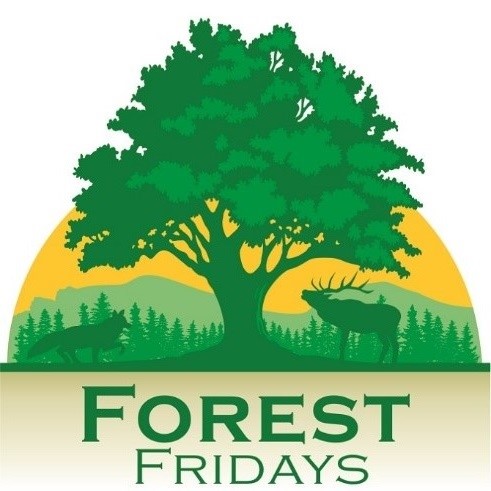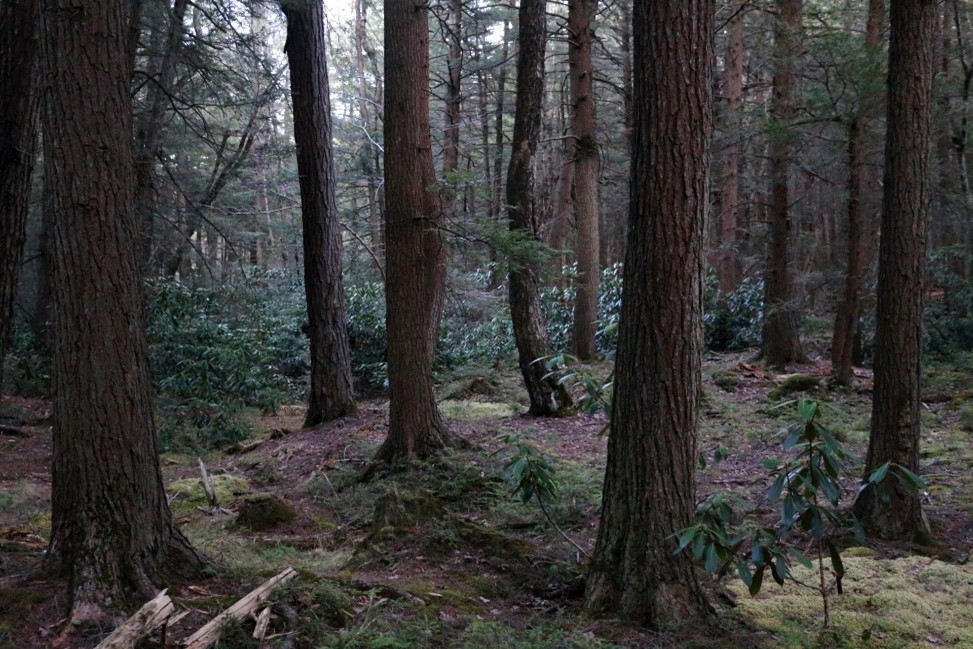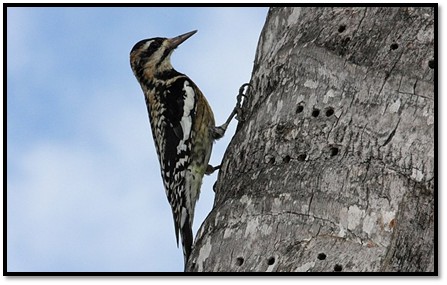
by Ryan Reed
When settlers arrived in Pennsylvania a few centuries ago, they were greeted by a forest very different than the one we know now. Old-growth white pine and hemlock were dominant and hardwoods like American chestnut, oaks, hickories, and beech mixed in on sites that suited their niche. Northern hardwoods like maples, cherries, and aspens also held strongholds in Penn’s Woods.
The arrival of European immigrants brought swift change with deforestation for farming and raw materials that would help spur the Industrial Revolution. The human imprint on the forest could also be seen in frequent wildfires and a rapidly growing deer herd fueled by abundant young growth. Later, other factors like pollution and introduction of invasive species also substantially altered our forests.

It became obvious throughout this time that forest management was a necessary vocation, and early goals were easy to justify and widely supported by the public. The need to replant, set aside forest reserves, and prevent wildfires were the “low hanging fruit” in the infancy of professional forest management objectives in the commonwealth.
Fast forward a century or so and describing management priorities has become a more complex task. We want to conserve our forests and wild plants, but we also want to promote outdoor recreation and responsible timber harvests. We want to preserve old growth forests, but we also want to encourage young forests to provide habitat for declining wildlife species that depend on them. We want to control invasive pests but know we must account for non-target species and pesticide safety. We want to encourage fire-adapted plant and forest communities while preventing wildfires. We want our forests to be a natural solution to climate change, but we also want these forests to serve the variety of purposes inherent to a multiple use strategy that accounts for the needs of people. In short, it’s complicated.
Large-scale forest management is complicated because none of these goals exist in a management vacuum. A decision made on one issue will assuredly influence another aspect of the forest, and managers research and discuss these considerations daily. Wrestling with all the factors that influence modern forest management is complicated, but our managers will all say it’s a labor of love. We humbly accept that challenge, and we’ll continue to innovate while employing the best strategies to care for our forests.
Forest Fridays are published weekly by the Bureau of Forestry, Pennsylvania Department of Conservation and Natural Resources.




